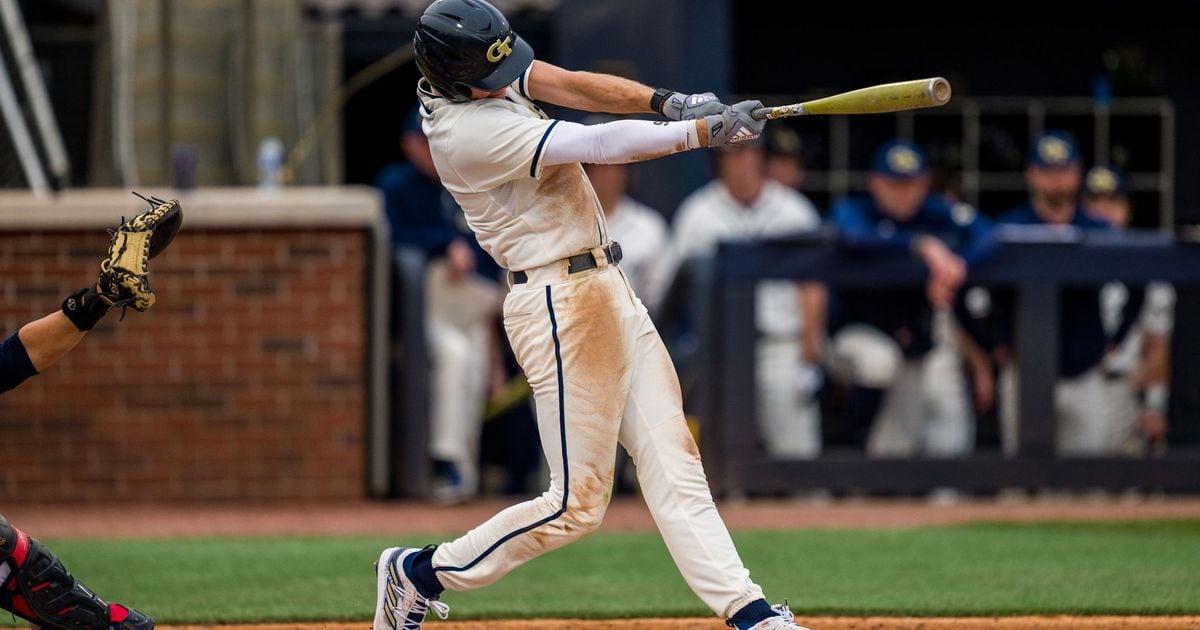BF = Batters Faced. In the case of Dawson Brown last night it's relevance is that he struck out 7 of 9 hitters faced, needing only 37 pitches to do so, which is extremely good!
In general, batters faced main relevance comes into play when the number goes above multiples of 9. IOW, anything 1-9 is roughly equivalent and pitches thrown is the most important number to look at as it applies to availability for near future games. Similarly 10-18 is roughly equivalent, but digging deeper you can look to see if a pitcher pitches well the first time through the order (batters faced 1-9) and then falters the 2nd time through. See Tate McKee for an example on our team of that issue. It usually means the pitcher is still learning how to pitch and not just throw, and only has developed one way to get hitters out. Thus the 2nd time through the hitters take what they learned from the first AB and do more damage the 2nd time. When batters faced goes above 18, that is where the real debate begins. There is a newish stream of thought in the analytics community that says only extraordinary pitchers should ever face more than 18 batters, even if they have had great results for the first 18 batters. This is more at the major league level, I'm not sure college hitters are developed enough to learn from those first two PAs to the point where they do more damage the 3rd PA, but maybe some are. If you remember in the 2020 World Series Game 6, Blake Snell was removed after 18 batters even though he had a shutout going and the results backfired, costing Tampa the game and a shot in Game7 to win the series.

 ramblinwreck.com
ramblinwreck.com


